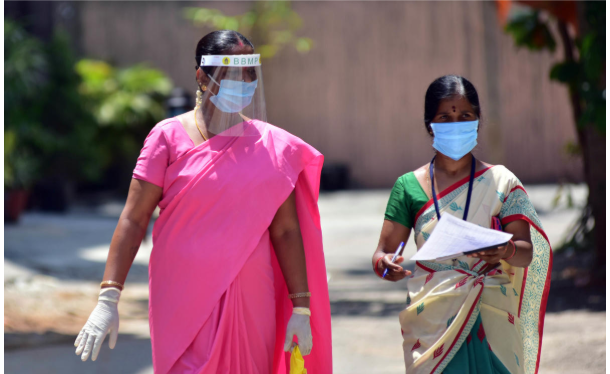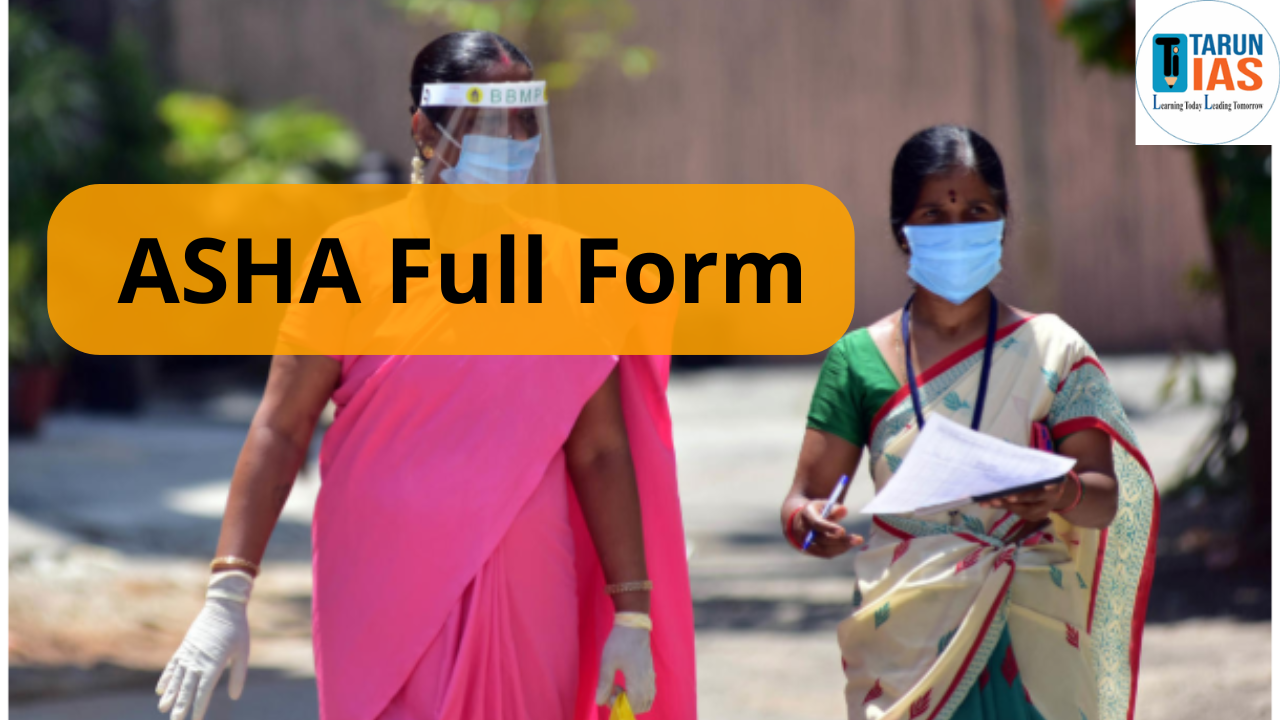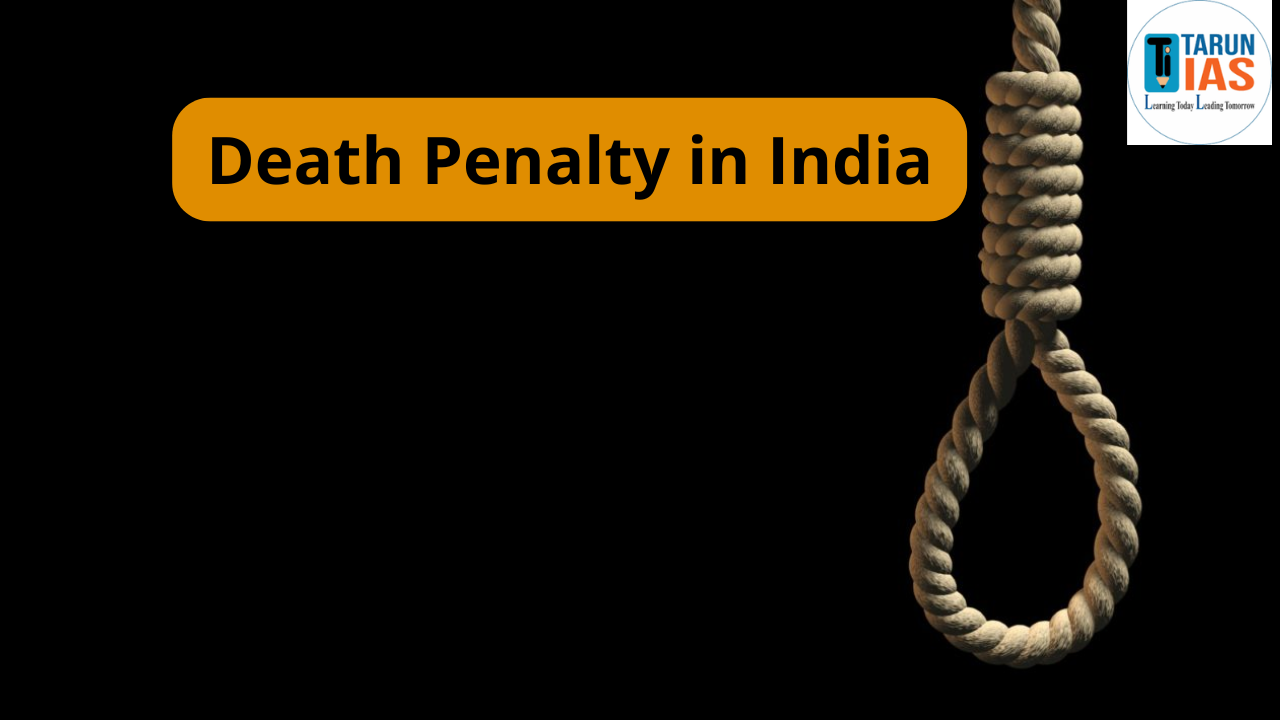ASHA Full Form is Accredited Social Health Activist. ASHA is a trained female health worker who connects rural communities with public healthcare, promotes health awareness, supports maternal care, and ensures essential services reach every household.
What is ASHA Full Form?
ASHA workers educate people about health, hygiene, and nutrition while guiding them to access government health schemes. They play a vital role in improving maternal and child healthcare and promoting healthy practices in rural communities.

What is ASHA?
ASHA (Accredited Social Health Activist) workers play a crucial role as community-level healthcare providers in India, acting as a link between the community and the healthcare system. Their responsibilities encompass health education, promotion of healthy behaviors, facilitating access to healthcare services, and acting as a bridge between the community and healthcare facilities.
How many asha workers are currently in India?
Currently, nearly 10 lakh ASHA workers are active across India, playing a vital role in ensuring maternal and child healthcare, promoting immunisation, and spreading awareness about community health.
ASHA Worker Importance
She is a trained female health worker selected from the village community. ASHAs play a key role in improving health awareness and helping people access government healthcare services especially in rural areas.
This program was launched in 2005 under the National Rural Health Mission (NRHM). Its main aim is to connect rural people with the public health system, promote better health practices, and ensure that essential health services reach everyone.
ASHAs are:
- Selected from the local village, so they understand the community’s needs.
- Accountable to the people they serve, not just the government.
- Present in all Indian States and Union Territories, except Goa.
- Appointed in a ratio of one ASHA per 1000 people.
Once selected, ASHA workers receive basic health training and are given a drug kit to provide first-aid and essential care. They help in:
- Creating awareness about health, hygiene, and nutrition.
- Guiding pregnant women and mothers for institutional deliveries and vaccinations.
- Supporting family planning and child healthcare.
- Acting as a bridge between the people and local health centers.
The selection process involves the village health committee, self-help groups, Anganwadi workers, and community leaders, ensuring transparency and local trust.
ASHAs are not just health workers they are agents of social change, bringing healthcare to India’s remotest corners.
ASHA Selection Criteria
The selection of an Accredited Social Health Activist (ASHA) is based on specific guidelines to ensure she can effectively serve her local community. The criteria differ slightly for rural and urban areas:
In Rural Areas:
- Gender & Residency: Must be a woman and a permanent resident of the village where she will work.
- Marital Status: Should be married, widowed, or divorced, so that she is settled in the community.
- Age Group: Preferably between 25 to 45 years old.
- Education: Should be literate. Preference is given to women who have studied up to Class 10, but minimum Class 8 is acceptable.
In Urban Areas:
- Residency: Must be a women living in slum areas or vulnerable clusters of the city.
- Community Background: Should belong to a vulnerable group identified by the City or District Health Society.
- Skills: Must have good communication and leadership skills to guide and mobilize the community.
Flexibility in Selection:
- State governments are allowed to relax certain norms, like minimum education or population coverage, based on local conditions.
- This ensures that even remote or backward areas can have ASHAs who understand the needs of their people.
- ASHAs are selected through a transparent, community-based process that ensures trust, accountability, and acceptance by the local population.
ASHA Functions
ASHAs play a vital role in improving the health and well-being of rural and urban poor communities. Their work is not limited to just health education; they are active change-makers in society.
The key functions of an ASHA:
1. Community-Level Care Provider
ASHA acts as a first-contact health worker in the village. She provides basic medical care, such as treating fever, diarrhea, minor injuries, and advising on common illnesses. She also helps with mother and child care, pregnancy support, and newborn care.
2. Linking People to Health Services
ASHA helps people access government health services, such as:
- Getting vaccines and medicines,
- Reaching health centers or hospitals for treatment,
- Registering for government health schemes like Janani Suraksha Yojana, etc.
3. Promoting Awareness on Health Issues
ASHAs educate people especially those from marginalized and poor backgrounds about:
- Sanitation and hygiene,
- Importance of clean drinking water,
- Nutrition and family planning,
- Early detection and prevention of diseases.
4. Promoting Women’s Health and Hygiene
ASHAs are strong advocates for female health issues, such as:
- Menstrual hygiene,
- Pregnancy and safe childbirth,
- Access to sanitary products and health check-ups.
They also work to break social taboos around women’s health through awareness campaigns.
5. Promoting Healthy Lifestyles
ASHA encourages the community to adopt health-conscious habits in daily life, including:
- Keeping surroundings clean,
- Eating nutritious food,
- Avoiding tobacco and alcohol,
- Sending children to school,
- Using toilets and safe drinking water.
6. Compensation of ASHA Workers
Although ASHA workers are officially considered honorary volunteers they do receive payments and incentives for the health services they provide.
Here’s how ASHA workers are compensated:
1. Performance-Based Incentives
ASHAs are not paid a fixed salary by the government. Instead, they earn incentives for the specific tasks they complete—such as:
- Helping women with institutional deliveries,
- Promoting family planning methods,
- Ensuring immunization of children,
- Attending training programs and monthly meetings.
These payments depend on how actively she performs her duties, and may vary from month to month.
2. Monthly Income Range
An ASHA worker’s income differs from state to state, but on average, she earns between ₹2,000 to ₹7,000 per month. Some states provide additional fixed payments to support ASHAs better.
3. Social Marketing of Health Products
ASHAs are allowed to sell basic health products like:
- Condoms,
- Oral contraceptive pills,
- Sanitary napkins.
This gives them a small extra income and also helps spread awareness about reproductive health and hygiene.
4. Balance with Livelihood
Since ASHAs often have other work (like farming or household duties), their health work is designed to be flexible, so it doesn’t affect their main source of income. The government aims to ensure that fair compensation is given for the time and effort ASHAs put into their work.

Difference Between ASHA and Anganwadi Didi
Both work for community welfare, but their roles and focus areas are different.
| ASHA Worker | Anganwadi Worker (Didi) |
| Health activist under National Health Mission | Child care worker under Integrated Child Development Services (ICDS) |
| Focuses on health awareness, maternal care, immunization, etc. | Focuses on child nutrition, preschool education, and health monitoring |
| Works as a link between community and health system | Runs the Anganwadi Centre and delivers services there |
| Paid through performance-based incentives | Receives a fixed honorarium from the government |
| Covers entire village or slum area | Works at a fixed center in the village |
Conclusion
ASHA workers are the foundation of India’s grassroots healthcare system. Though they are volunteers, their role is crucial in improving public health, especially in rural and underserved areas. With proper support, training, and fair compensation, ASHAs continue to bridge the gap between the community and the health system, making healthcare more accessible and effective for all.
Asha full form FAQs
What is the full form of ASHA?
ASHA stands for Accredited Social Health Activist. She is a trained female health worker who helps connect the community with government health services.
Who can become an ASHA worker?
In rural areas, a woman aged 25–45 years, who is married, widowed, or divorced, and has at least Class 8 education, can become an ASHA. In urban areas, she must live in a slum or vulnerable area and have good communication skills.
What work does an ASHA do?
ASHA helps with basic healthcare, maternal and child care, vaccinations, health education, and guiding people to hospitals. She also spreads awareness on nutrition, hygiene, and family planning.
How much salary does an ASHA worker get?
ASHAs are not salaried but get performance-based payments for each task. On average, they earn between ₹2,000 to ₹7,000 per month. Some also earn extra by selling basic health products like sanitary pads and contraceptives.
How is an ASHA worker different from an Anganwadi worker?
ASHA focuses on healthcare and works in the entire village. Anganwadi Worker (Didi) focuses on child nutrition and education and works at a specific Anganwadi centre.
ASHA gets incentives, while Anganwadi didi gets a fixed honorarium.















